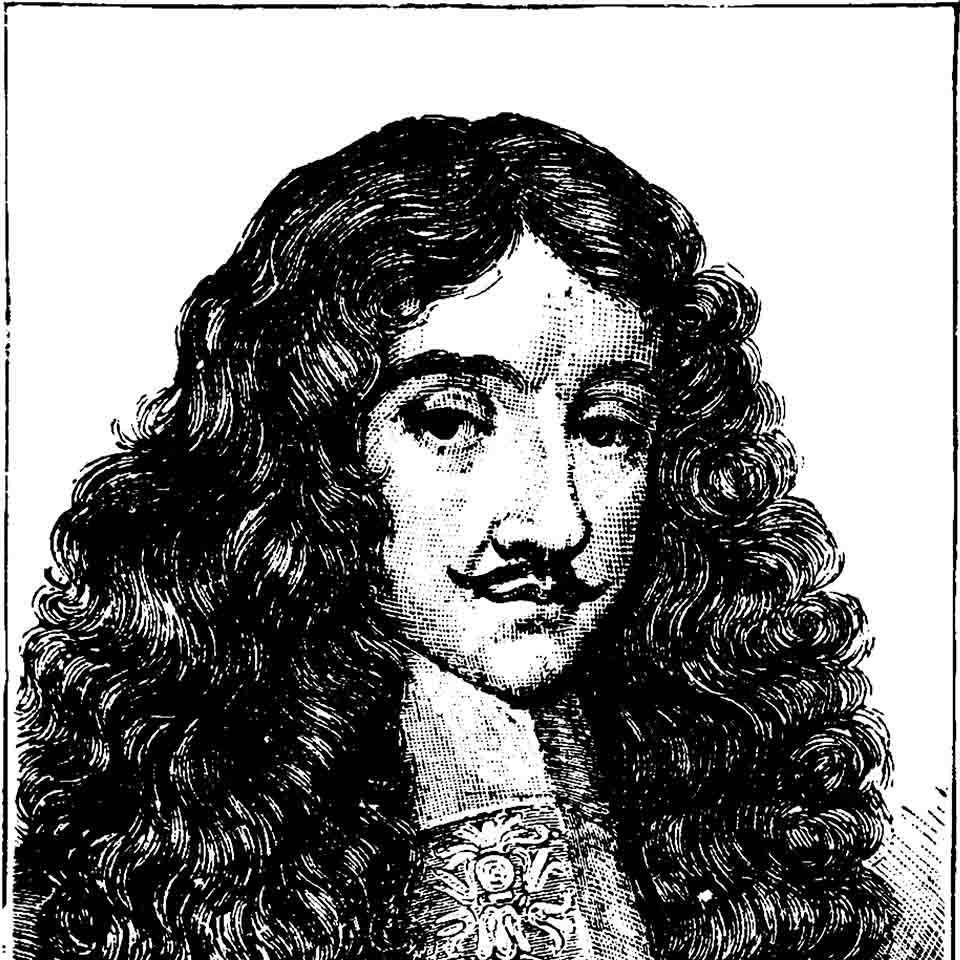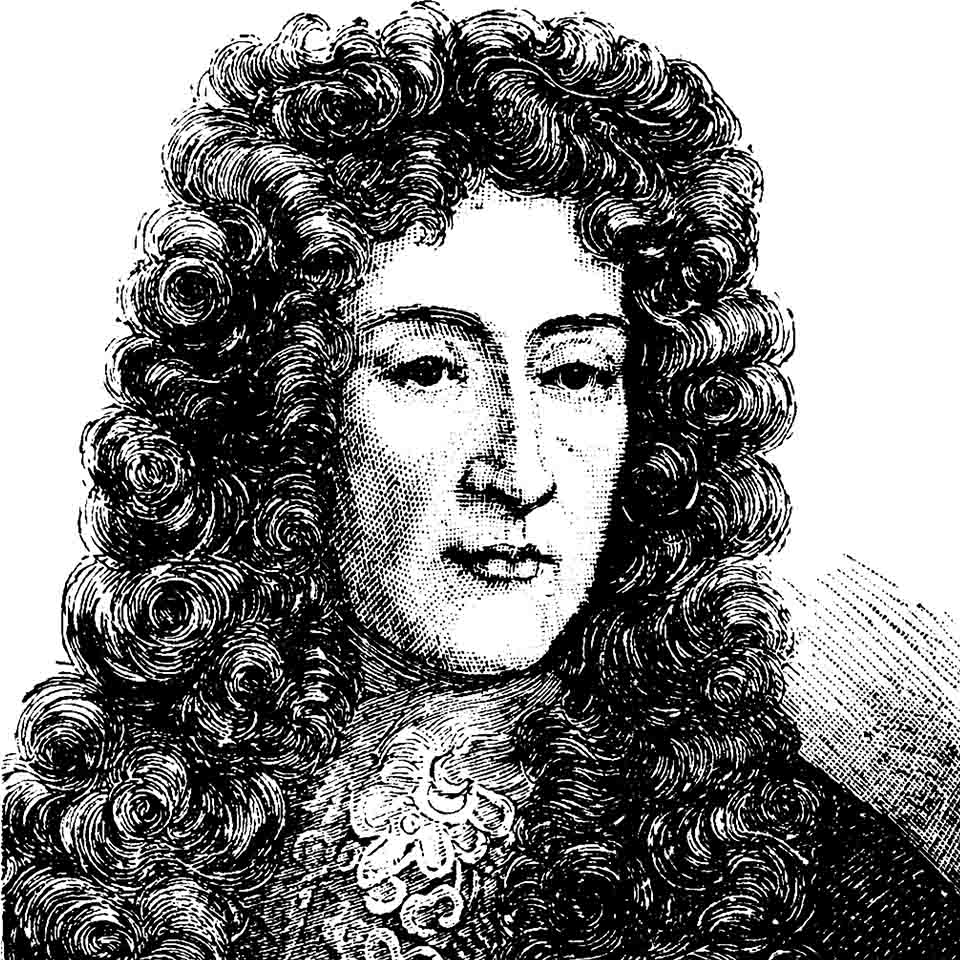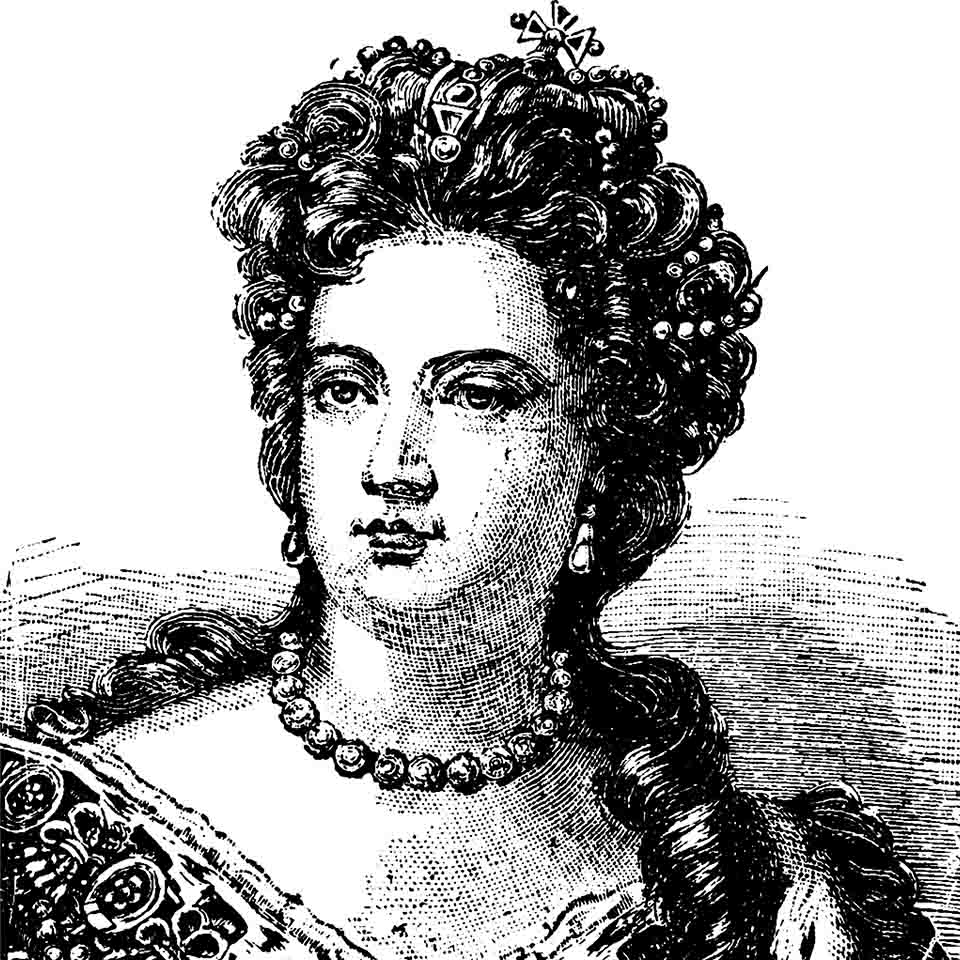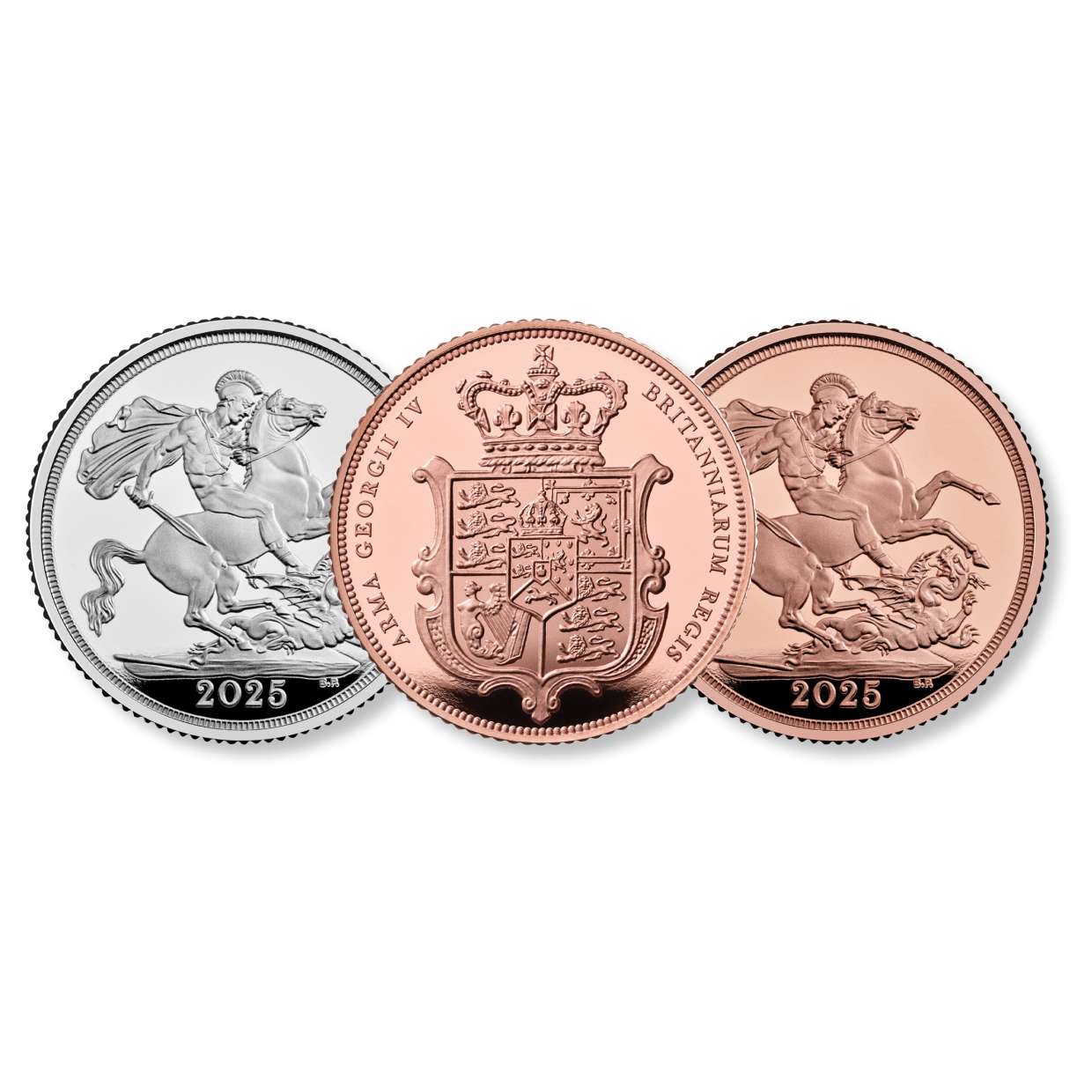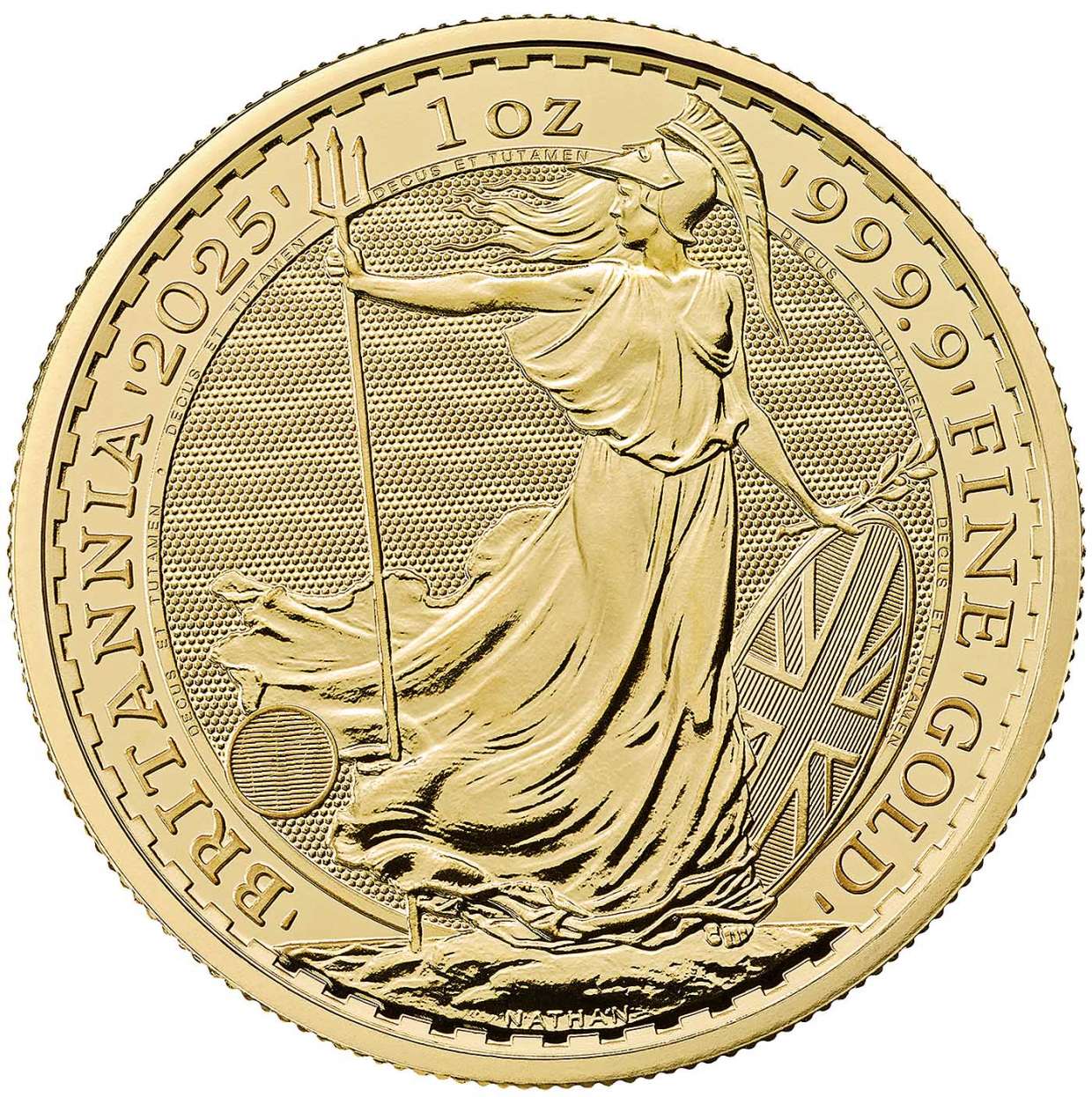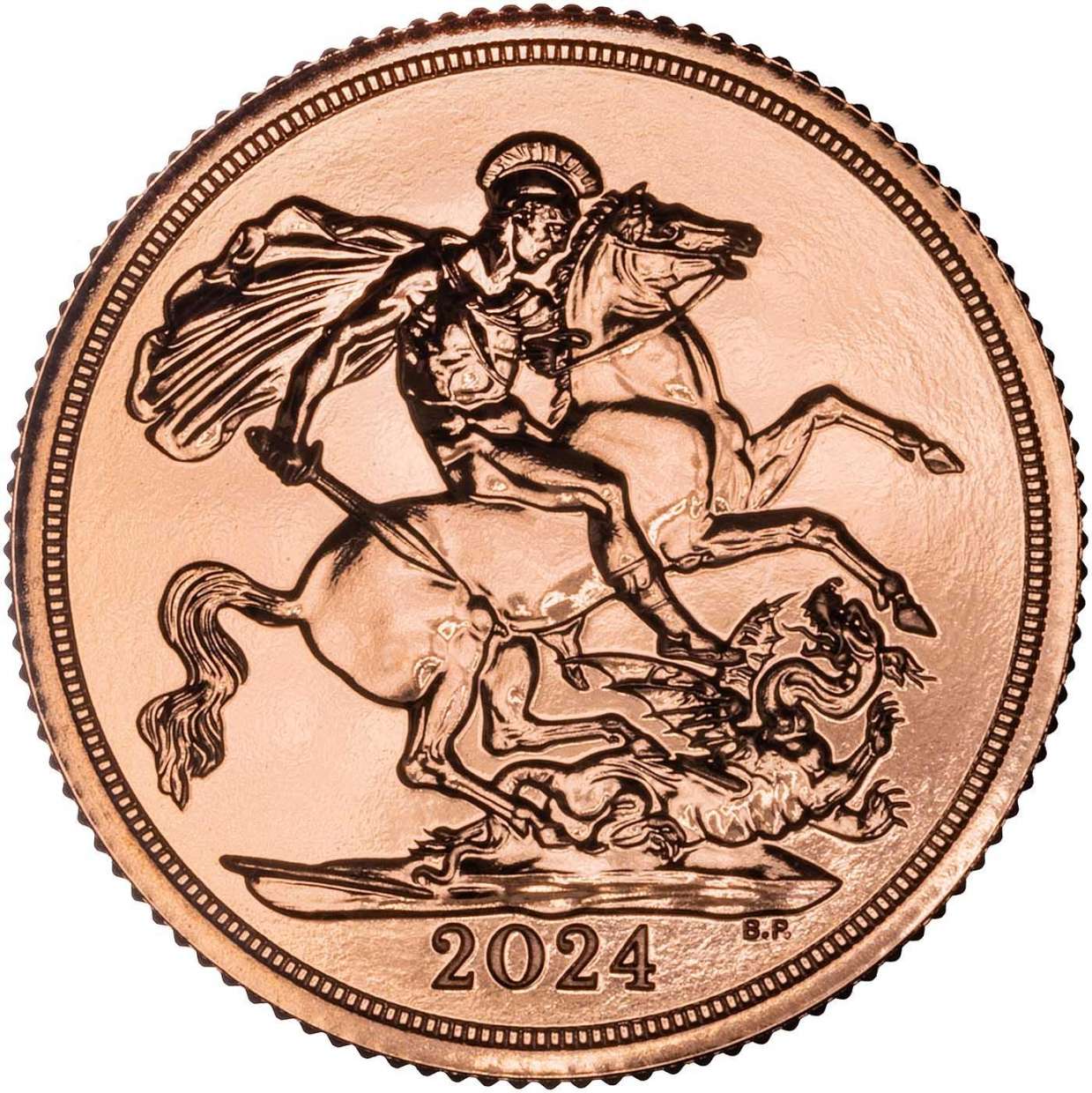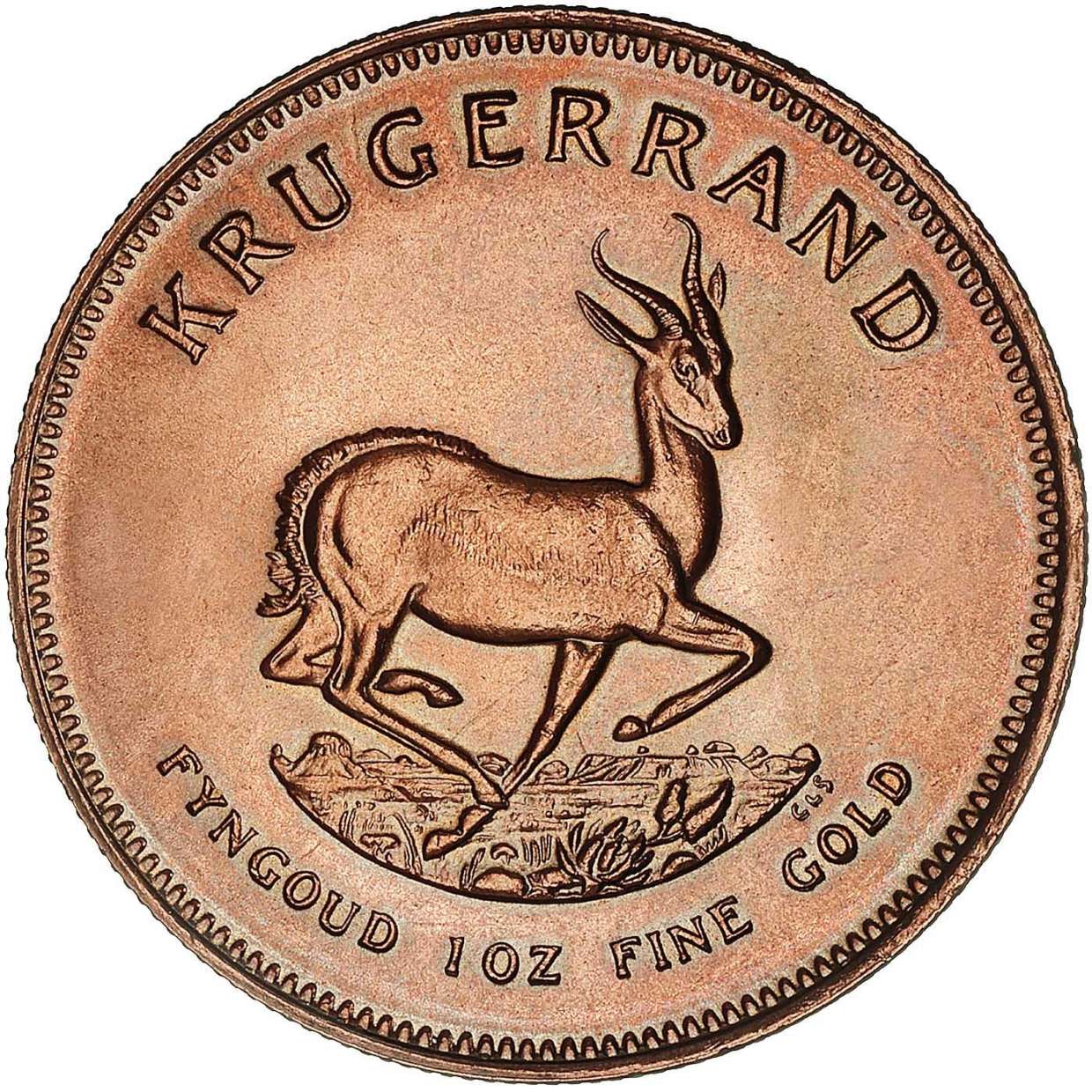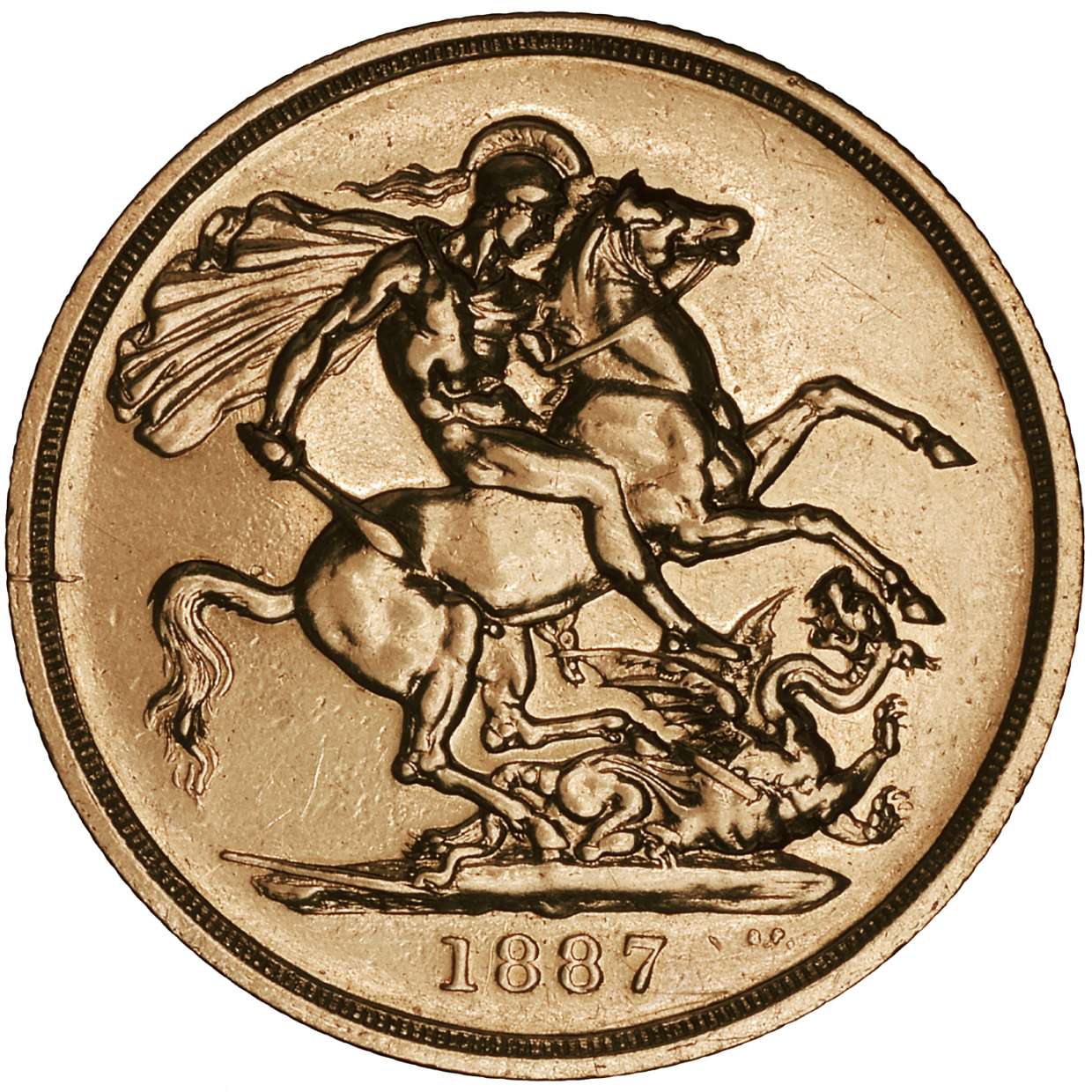King Charles I (1625 - 1649)
Synopsis
The reign of Charles I saw one of the defining moments in English History, the Civil War. The Civil War saw the bloodiest conflict in English history since the Wars of the Roses two centuries before, the scale of which would not be seen again until the First World War.

Charles I 1625 - 1649
The bitterness of the struggle, which saw towns and cities all accross the islands ravaged and left hundreds of thousands of people dead (in a country which at the time only had a population of a few million) led to an event that was once thought unthinkable, the trial and execution of an annointed King. Although the Republic that succeeded Charles I was relatively short-lived, the relationship between the monarchy and its subjects would never be the same again.
Early Life
Charles was born to James VI of Scotland and his consort, Anne of Denmark in 1600. The young prince rejoined his father in 1604, the year after James' court moved south when he succeeded Elizabeth I as king of England. As Charles grew up, he, like his elder brother Henry, was infused with his father's ideas of the divine right of kings. Short in stature and demeanor, Charles was nevertheless stubbornly confident, arrogant even, in the belief that a monarch was annointed by God, and that none of his subjects had any right to question his authority.
A king, Charles believed, was answerable to God alone. His father made sure that his children understood this when he made them read his work Basilikon Doron In which he set out what he believed were the rights and duties of a King. When Charles' beloved elder brother died in 1612, Prince Charles became heir to the throne, which he succeeded to in 1625 upon the death of his father.
The Early Part of Charles' Reign
When Charles came to the throne, the Crown was heavily in debt, a situation bequeathed to him by his father, but one which had plagued the English monarchy since the prolifigacy of Henry VIII's reign. Nevertheless, Charles I was determined to stamp his own mark on his reign by attempting to win military glory with an expedition against the Spanish. The expedition was a fiasco however, and succeeded only in worsening Charles' financial situation.
The only way for Charles to raise enough money to solve his debt problem was to consult Parliament and ask them to raise new taxes. Unfortunately for Charles, he was not on the best of terms with Parliament. One of the reasons for this was a bad relationship between Crown and Parliament that he had inherited from his father, along with the Stuart belief in monarchical absolutism. However, religious differences proved to be a seriously contentious issue and in the end, a fatal one for Charles.
Charles, Parliament and Religion
Since the reformation of a century before, England (and Scotland) had gone from being predominantly Catholic countries to ones which were zealously Protestant and in which Catholics constituted only a tiny, persecuted minority. During the reign of Charles, the 30 Years War between catholics and protestants was raging on the continent, and there was fear that this sectarian conflict could spread to England, especially as at the time, the war was not going very well for the protestant side. As a result, the increasingly powerful puritans and presbyterians within Britain both hated and feared catholicism and anything which appeared to resemble it. Although Charles himself was a protestant, he was married to a devout catholic, Henrietta Maria of France, and his own high church Anglican beliefs in episcopacy and and ritual bore too much of a resemblence to catholicism than many of his subjects were comfortable with.
However, the trigger point came in 1639-1640, when Charles I foolishly attempted to impose his high-church Anglican beliefs on the Scottish Kirk by introducing the Book of Common Prayer and episcopacy (a clerical hierarchy). In 1639, a Scottish Covenanter Army (composed of those who had signed a 'covenant' promising to resist Charles' religious reforms) rose in rebellion against the Royal government in Scotland. Having ruled England for 11 years without Parliament, Charles was forced to recall Parliament so that he might raise funds to crush the rebellious Scots. MPs however, dominated by Puritans such as John Pym, were more interested in trying to get their grievences addressed, and refused to raise any funds for an army to confront the Covenanters unless Charles agreed to their demands. Even after the Covenanters invaded England and occupied Newcastle, the English Parliament insisted that the issues they had with the Crown be dealt with first, and many of the King's opponents sympathised with the Covenanters, and were even secretly in contact with them. King Charles dissolved what came to be known as the 'Short Parliament' rather than agree to their demands, and was forced to buy the Scots off, making his already dire financial situation even worse.
The Long Parliament and the First Civil War
Having been made bankrupt by the Bishops Wars and the indemnity he had been forced to pay to the Scots, Charles was left with no choice but to recall Parliament once again to try and persuade them to raise the neccessary taxes. Sensing the weakness of Charles' position however, Parliament refused, reiterating its demands and passing bills of attainder to imprison William Laud, Archbishop of Canterbury and execute the Earl of Strafford, both of whom were friends and allies of the King, in 1641. Although Charles had reluctantly acquiesed to these demands, resentment and mistrust remained on both sides. A further complication developed when an Irish catholic rebellion broke out later that year, which would require the raising of an army to put down. This prospect made both sides nervous. Parliament feared that such an army could be used by the King against them, and tried to insist that they should retain control over such an army, correspondingly, the King feared that if he turned control over to Parliament, they could use it as a means of forcing further concessions from him.
Things had come to a head, and Charles realised that if he didn't arrest his principle enemies in Parliament, his authority would be completely lost. Accordingly, in January 1642, he arrived with a detatchment of soldiers to take them into custody. They had however, been forewarned and had already escaped by the time the King arrived. The King's actions in attempting to use physical force to get his way meant that both sides had come to realise that civil war was now unavoidable. Lacking support in London, Charles was forced to flee the city with his supporters, setting up his new capital in Oxford with the Royalist members of Parliament. He raised his standard at Nottingham to call his supporters to arms. Parliament, for their part, responded by mobilising the trained bands (militia) in those areas under Parliamentary control.
After three years of fighting, neither side had managed to gain a decisive advantage. However, this was to change with the formation of the New Model Army, a force which, unlike the part time militias used by both sides up until this point, was intended from the outset to be both professional and dedicated to the Parliamentary cause. The New Model Army proved its worth by destroying the main Royalist army at the Battle of Naseby in 1645, which deprived Charles of his most significant and experianced force. From this point onwards, the Royalist cause of Charles I was at a severe disadvantage. Within a year, Charles was defeated, and after trying to surrender to the Scots, was handed over to the English Parliament.
The Second Civil War, Trial and Execution
Although Charles had been comprehensively defeated by Parliament and the New Model Army, he refused to admit defeat, still clinging on to his belief in his divine right to rule. He attempted to play Parliament and the Army against each other, and eventually connived with the Scottish Covenanters (who had initially been his enemy) for them to join with the Royalist cause in return for imposing Presbyterianism on England (which given his own beliefs, was probably not a promise he intended to keep). The (New Model) Army tried to take matters into its own hands by seizing the King from Parliament and taking him into their own custody. This triggered an invasion by the Scots, aided by their English allies. Their defeat at the Battle of Preston in 1648 effectively ended this Second Civil War.
Charles' connivance in unleashing this new Civil War upon the kingdom radicalised opinions within the Army and Parliament against him. From the outset of the first Civil War, Parliamentarians had not sought to kill or even dethrone the king, but only to remove those giving 'bad advice' to him and compel him to govern according to what they saw as England's traditional constitution. Now however, the Army and some Parliamentarians began to think the unthinkable, to put Charles on trial and have him executed for treason against his own people. The majority of Parliament would not countenance such a radical step however, but radicalism within the Army was rife, and soldiers under the command of Thomas Pride marched into Parliament and ejected all MPs who were known to be opposed to putting the King on trial. What remained of the Parliament, known as the 'Rump Parliament' hastily voted to create a court to put the King on Trial.
The special court was convened in January 1649 to try the King for treason against his own people. Charles refused to recognise the court's legal authority, and spoke eloquently in his own defence.
However, the verdict was a foregone conclusion, and on the 20th of January, Charles I was beheaded in front of Whitehall Palace. A Commonwealth Republic was declared with a Council of State fulfilling the King's role, later to be replaced by Oliver Cromwell as Lord Protector, a King in all but name. The execution triggered the third Civil War, which was fought in the name of the King's son and successor, Charles II, and which also ended in disaster for the Royalists. It was not until 1660 that the Monarchy was restored, on Parliament's terms. Charles I's other son James would also go on to become King as James II.
Legacy
The reign of Charles I was a significant reign which undoubtably shaped the country as it is today. In spite of a trend towards monarchical absolutism in the rest of Europe, Charles I failed to impose this trend on his own Kingdom. By unskillfully pushing his enemies far enough to come into open conflict with him, he caused a war which would devastate the land, but also lead to the constitutional monarchy that we have today. After Charles' defeat and execution, no British monarch could ever seriously contemplate the kind of power enjoyed by a contemporary Russian Tsar or French Roi.
Numismatically, the reign of Charles produced some of the most varietable coinage of any monarch except perhaps that of our present one. Before the outbreak of the Civil War, Nicholas Briot would follow in the footsteps of his predecessor and fellow Frenchmen Eloye Mestrelle in producing milled coinage that was of a much higher standard than that produced using the traditional hammered method. Had the English Civil War not broken out, milled coinage could have become the standard earlier than it did.
As it turned out, the Civil War forced the production of coinage to maintain the crude method of hand striking, as the conflict compelled mintworkers to set up in various towns and cities in often rudimentary conditions so that their equipment could be removed and set up elsewhere quickly should an enemy army approach. The need to have several mints spread around the country was neccessary both to protect against disaster should one mint be captured, and also to provide coinage for every locality under each side's control so large shipments of coins would not have to make dangerously long journeys through enemy territory to get to where they were needed. For this reason, mints were also located as close as reasonably possible to a supply of silver without compromising the security of the mint itself.
Some of the most interesting issues of Charles' reign, apart from Briot's milled issues, are Charles' Royalist mint issues, which almost uniquely for English coins, contain explicit secular propaganda by declaring 'RELIG PROT LEG/ANG LIBER PAR' (A declaration promising to uphold the protestant religion, the laws of England and the Liberty of Parliament, contrary to Parliamentary claims). The siege issues of Scarborough, Pontefract, Newark and Carlisle are also interesting, having been crudely struck from silver plate during the siege of those towns. Finally, the huge silver pound and half pound issues struck at Oxford are some of the largest hammered silver coins struck in Britain, and unique to the Reign of Charles during the Civil War.
A history of Kings and Queens of England - Learn more about the Kings and Queens that reigned England throughout the different monarch dynasties (1066-2022).
Related Blog Articles
This guide and its content is copyright of Chard (1964) Ltd - © Chard (1964) Ltd 2024. All rights reserved. Any redistribution or reproduction of part or all of the contents in any form is prohibited.
We are not financial advisers and we would always recommend that you consult with one prior to making any investment decision.
You can read more about copyright or our advice disclaimer on these links.

